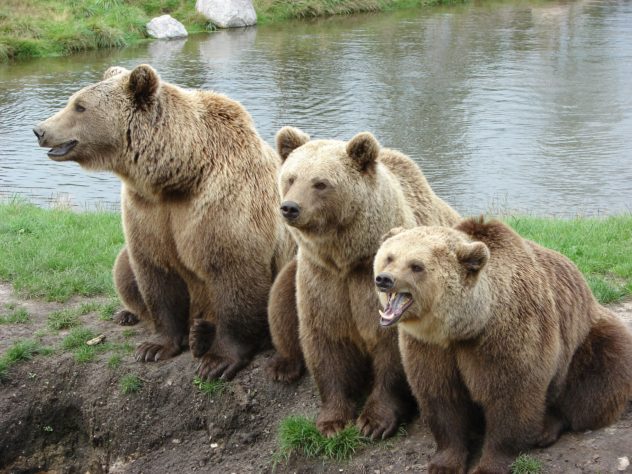Vocabulary:
- spokesperson /SPOHKS-pur-suhn/
- deserted /dih-ZUR-tid/
- premises /PREM-isiz/
- tranquil /TRANG-kwil/
- migration /mahy-GREY-shuh/
[noun] – a person who is chosen to speak officially for a group or organization
The spokesperson of the airlines announced that some flights will be cancelled because of the typhoon.
[adjective] – having no people or things in it; empty
For some people, it’s more peaceful to live on a deserted island than to live in a city.
[noun] – the land and buildings owned by someone, especially by a company or organization
Police officers are checking the premises for safety measurements.
[adjective] – calm and peaceful and without noise, violence, worry
It’s best to visit a tranquil place to relieve stress.
[noun] – the process of animals traveling to a different place, usually when the season changes
Mexican free-tailed bats begin their long aerial migration.
Rocky Mountain, found in Colorado, and Yellowstone in Wyoming, are showing similar behaviors; however, the human-free hiatus will be coming to an end as the Yellowstone and Grand Teton National Parks, which recorded nearly 8 million visitors in 2019, reopened their gates in late March. To secure visitors and staff, the park installed protective gear around the premises and hired seasonal workers to clean and sanitize high use areas. Even though protective measures were installed, the consequences of resuming the park’s operation may be difficult especially on young animals born in tranquil closure, according to wildlife experts. Lindsay Rosa, a conservation scientist, said that young animals born during quarantine might take time to adjust since they did not get a chance yet to be exposed or encounter humans. In addition to her statement, people should be more cautious with amphibians in particular, for they begin a migration.
True or False:
- Animals were seen wandering near the Furnace Creek visitor center.
- Kati Schmidt is the spokesperson of the National Parks Conservation Association.
- A number of workers in Wyoming Park observed an abundance of wildlife.
- A multitude of wildlife congregate to a deserted Rocky mountain.
- Yellowstone and Grand Teton will reopen in late March.
Discussion Questions:
- Why do you think animals start roaming around during the closure of the parks?
- Do you agree to open some parks despite the pandemic lockdown? Please share your thoughts.
- What do you think are the advantages and disadvantages of park closures to wildlife?
- Do you think it is a good idea to visit parks during this time of pandemic? Please explain your answer.
- If you will be given a chance to create a law to protect wildlife, what would it be and why?
Express Your Opinion:
- “The wildlife and its habitat cannot speak, so we must and we will.” – Theodore Roosevelt
- “The only good cage is an empty cage.” – Lawrence Anthony
- “Nature is revolting to reclaim her kingdom. If now we don’t make peace with her what’s the point of us!”- Abhijit Naskar
